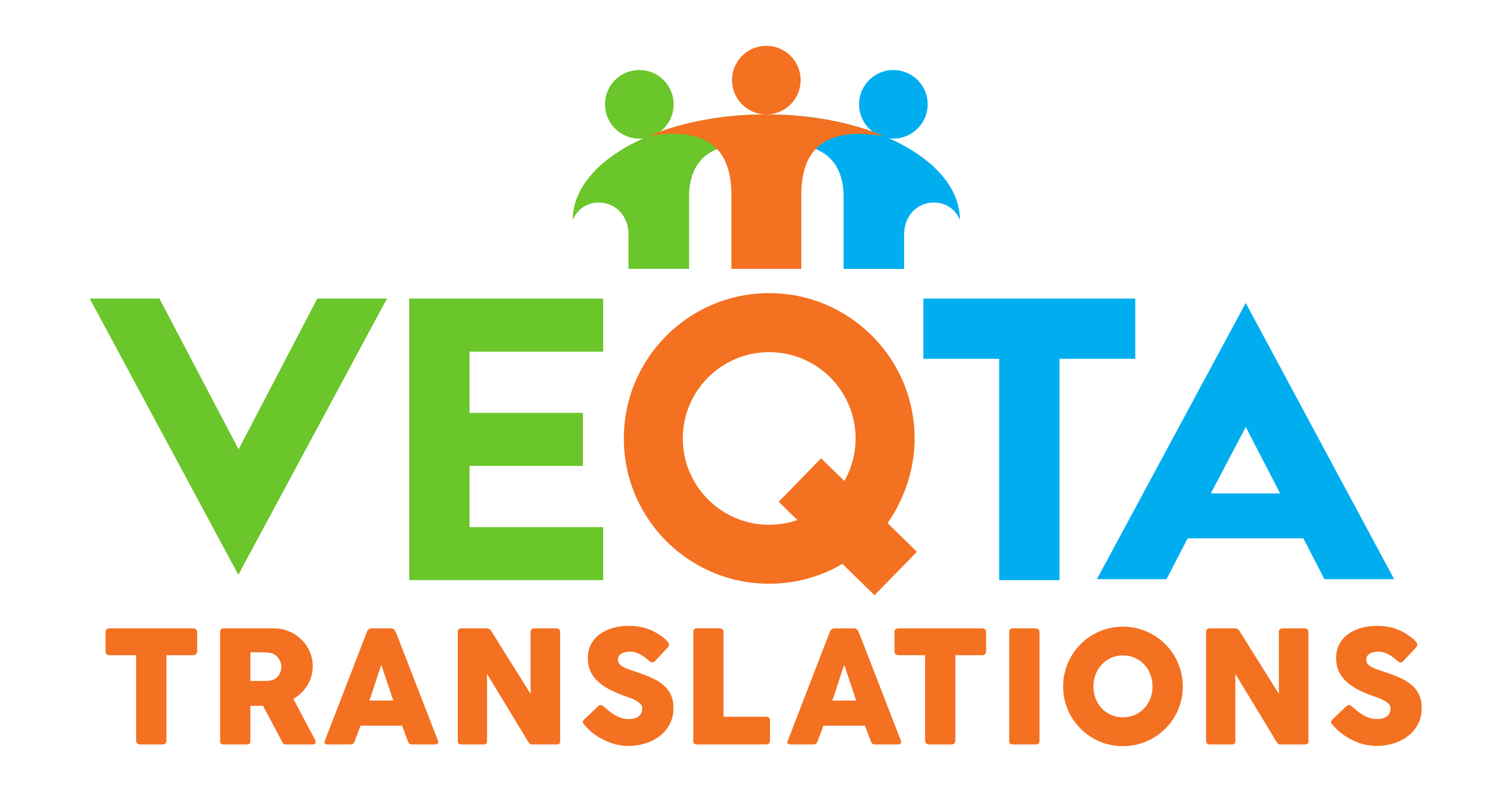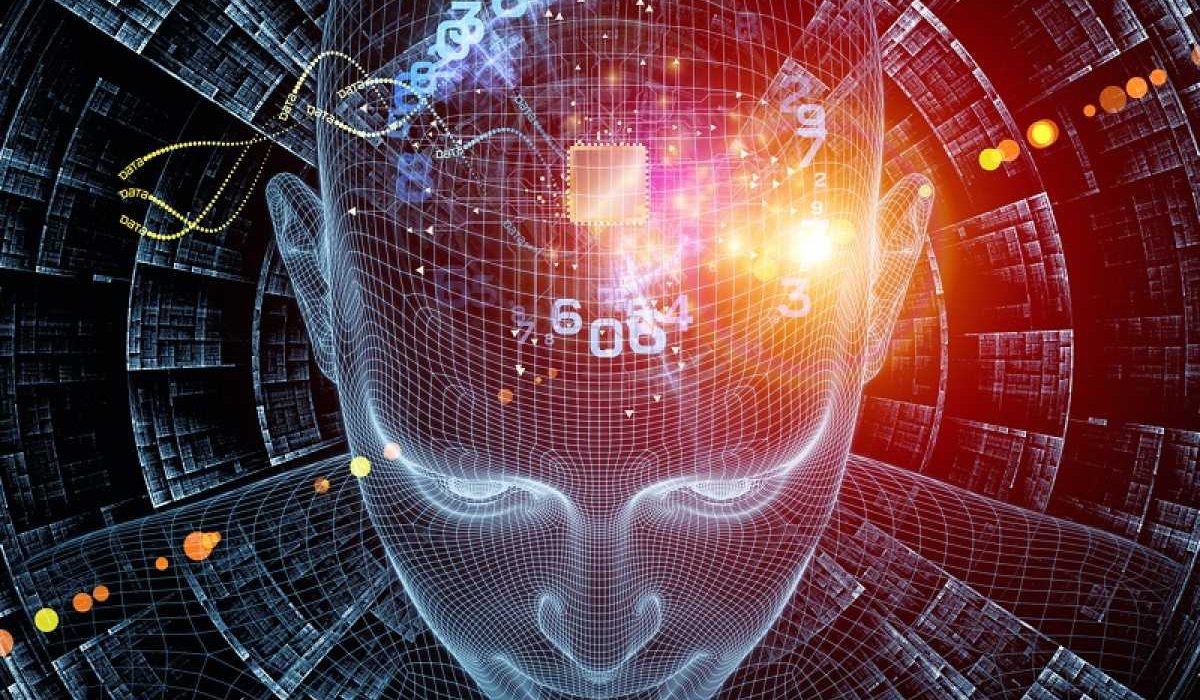Machine translation (MT) between Vietnamese and English has seen dramatic improvement over the past decade. From phrase-based statistical models to today’s neural network systems like Google Translate and DeepL, accuracy has increased—but not without limits. Vietnamese’s tonal nature, flexible syntax, and context-dependent vocabulary remain challenges. This article examines what machine translation handles well—and where it still falls short.
1. Strengths of Neural Machine Translation (NMT)
Modern NMT captures sentence context better than rule-based systems, producing natural English sentences from Vietnamese input.
2. Strength in Everyday Phrases
MT performs well for short, context-free sentences such as “Tôi yêu Việt Nam” → “I love Vietnam.”
3. Failures in Contextual Meaning
Vietnamese words like “chạy” (to run/to operate) cause confusion. MT often chooses the wrong English equivalent.
4. Handling of Tone and Politeness
Vietnamese has social tone markers absent in English. MT often drops or misinterprets these subtleties.
5. Grammar Simplification Issues
MT systems sometimes flatten complex sentence structures, leading to awkward phrasing.
6. Idioms and Proverbs
Expressions like “Có công mài sắt, có ngày nên kim” rarely survive intact. Human translators must rewrite creatively.
7. Emerging Hybrid Systems
Recent studies at FPT University show combining NMT with human post-editing achieves 94% fluency accuracy.
8. The Role of Parallel Corpora
Data from bilingual news and Wikipedia corpora help MT learn cultural equivalence over time.
Conclusion
Machine translation continues to evolve. For technical and formal text, it’s becoming reliable. But for literature, idioms, and culturally dense language, human vietnamese translators remain irreplaceable.
FAQs
1. Is Vietnamese harder for MT than other languages?
Yes, because it’s tonal and highly contextual.
2. Which MT tool is best for Vietnamese-English?
DeepL and Google Translate perform best in recent benchmarks.
3. What can improve MT accuracy?
More domain-specific bilingual data and human-in-the-loop editing.
4. Are idioms translatable by MT?
Rarely—they require cultural understanding.
5. Is AI replacing translators?
No, but it enhances productivity through post-editing workflows


